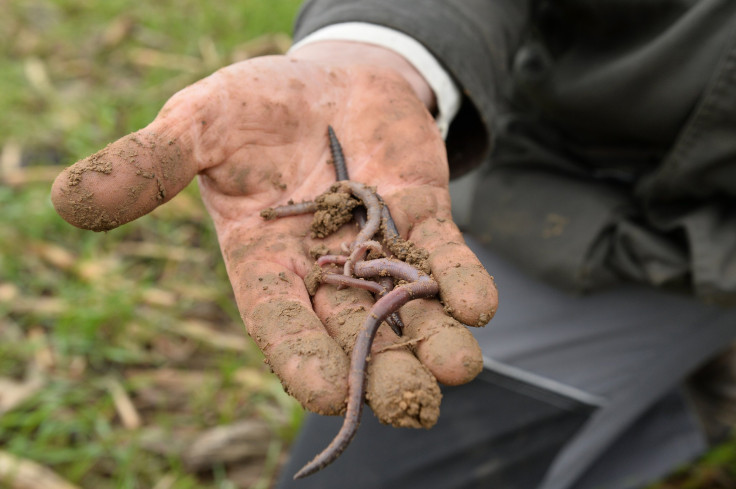Earthworms Grew In NASA-Provided Mars Soil Simulant, May Survive On Other Planets

The world is slowly accepting the reality that humans could, one day, be forced to move from Earth and look for a habitat somewhere else in space. And as our space exploration gathers speed, so does our understanding of our neighbors in space.
Mars has emerged as a front runner in the search for a possible future habitat. To this end, NASA is already encouraging private participants to submit their own Martian habitat ideas through events where participants design a sustainable habitat for man on the red planet.
MIT’s Redwood forest idea recently bagged the prize for the most innovative Mars city design. The design used the model of a forest to design a collection of "tree habitats" connected through a system of tunnels called "roots," which would provide safe access to other tree habitats, private spaces and transportation for people living on Mars.
In the latest in this string of developments, a team of researchers witnessed the birth of earthworms in Mars-like soil conditions during a lab experiment.
The team of scientists from Wageningen University & Research, The Netherlands, was looking to find ways to cultivate food on Mars-type soil using fertilizers and resources that would be available to the first human settlers there.
The team was growing rucola (arugula or rocket salad) on a Mars soil simulant provided by NASA.
The test included two types of soil. One was the Mars soil simulant and the other was silver sand found on Earth. The team used pig feces as a fertilizer as opposed to human pee and poo — which would be the fertilizer of choice if we ever colonize Mars— for sanitary reasons.
After the rucola germinated, adult worms were added to these test pots to help with the break down and recycling of organic matter and to promote plant growth on the Mars soil simulant.

As the experiment progressed, the team was surprised to find two tiny earthworm offspring in the pots, making it the first reproduction witnessed in a Martian environment simulation.
"Clearly the manure stimulated growth, especially in the Mars soil simulant, and we saw that the worms were active. However, the best surprise came at the end of the experiment when we found two young worms in the Mars soil simulant," said Wieger Wamelink of Wageningen University & Research.
A garden or a cultivatable piece of land will be essential if we were to ever establish a colony on our red neighbor. Food will be scarce and the best solution would be to cultivate our own food.
“The positive effect of adding manure was not unexpected,” added Wamelink in a news release on Wageningen University & Research official website. “But we were surprised that it makes Mars soil simulant outperform Earth silver sand,” he added.

The addition of earthworms provided another breakthrough for the team with the Mars soil simulant. It was found that adding earthworms, even in Martian soil, helped the water penetrate further. This seemed to be the major problem with the simulant soil.
The earthworms also thrive on dead organic matter such as old plant remains, which they eat, chew and mix with soil before they excrete it. Their feces contains organic matter that replenishes soil nitrogen, phosphorous and potassium, and which is very integral to plant growth.
The worms also act as natural irrigation systems by digging burrows. This helps aerate and improve the structure of the soil, making watering the plants more effective.
To feed future human populations on Mars or the moon, the project Food for Mars and Moon was set up to help create a sustainable agricultural system outside Earth. It is based on the presence of soils and water (in the form of ice) on both Mars and the moon. For the Earth-based research we are using soil simulants delivered by NASA. The simulants originate from a volcano in Hawaii (Mars) and a desert in Arizona (moon), added the report.
© Copyright IBTimes 2025. All rights reserved.





















